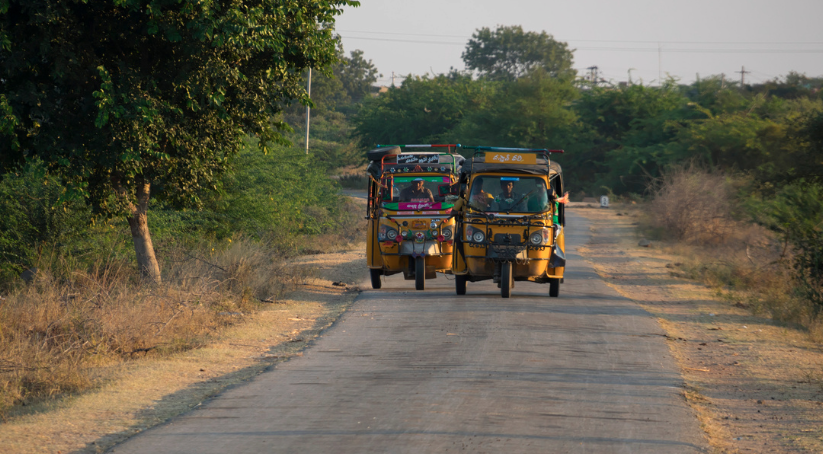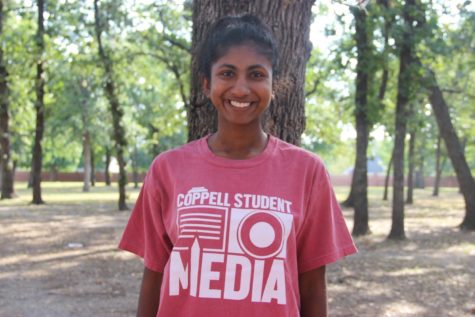Cultural appreciation or appropriation? The fine line between respecting and offending a culture
February 19, 2016
Eastern inspired Indian imagery, Hindu motifs and a Bollywood background capture the essence of Beyonce and Coldplay’s newest collaboration, “Hymn for the Weekend.”
Vivid images of children dancing in the streets, pelting each other with colors during the festival of Holi, and Sadhus – Hindu holy men – meditating on the streets, highlight the true nature of Mumbai.
A majority of the song was filmed in a small fishing town where Coldplay’s Chris Martin visits a theater to watch Beyonce’s new Hindi movie and later boards a boat with blazing fireworks in the sky, ending the video.
While many Indians have been supportive of Western artists embracing India’s rich culture and traditions, some feel offended that people have been adopting traits outside their own culture without understanding their true meaning.
Selena Gomez has received backlash from the Desi community for the use of bindi’s as a fashion accessory in her song “Come and Get It,” since she did not understand its Hindu representation as the sixth chakra.
“When artists use an element outside their culture just to make more profits and create an ‘exotic’ image for themselves, it can be frustrating as someone who understands there is a deeper, spiritual meaning behind these symbols,” Coppell High School sophomore Antharya Boindala said.
It is arguable that Western artists can misinterpret religiously and culturally significant symbols, but by incorporating these values into their artistic works, they help millions of viewers to become more aware of global traditions and locations.
The notion of cultural appropriation should not exist, and as the idea that artists are incorporating other cultural ideas is “stealing,” is simply not true because someone’s culture is not considered as their property. By enforcing such views, it hinders our progress to become more comfortable and accepting of other cultures.
“I thought that the [Hymn of the Weekend] music video really captured the feelings and essence of living in India and I am proud that my heritage was highlighted by such a great band,” CHS sophomore Tanmai Singhania said. “I am surprised that so many people found [the music video] to be offensive.”
The first step to becoming more accepting of cultures is to appreciate them for their distinctive beliefs and practices without judgement. When I went to Egypt in 2015, it was the first time I experienced Arabic culture and practices firsthand, and entered country with rich history, ethnic ties and religious customs. By being able to watch contemporary portrayals of Arab culture online, it allowed me to have an insight into a culture often clouded by stereotypes and judgement.
“When singers use cultural appropriation, they do not accurately represent the customs, beliefs and traditions of the people of the cultures,” sophomore English teacher Amelia Antillion said. “It’s not fair to clump people by common symbols and beliefs because cultures stand for something much more and are beautiful.”
By embracing other cultures and exchanging ideas from each other only creates positive effects and brings us closer to an accepting global society – this should not be confused with “theft.” Next time you see a Caucasian person with dreadlocks, an arnis martial arts fight scene borrowed from the Philippines or music video filmed in India, appreciate the intrinsic differences we have that stem from our unique cultures, something which should be free for anyone to express appreciation for.

For comments and questions, contact Tanya @tanya_raghu or tar4293@g.coppellisd.com











Meha Srivastav • Feb 20, 2016 at 12:56 pm
So glad someone wrote about this!!